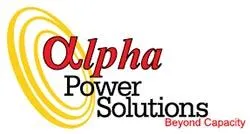
Why Routine Harmonic Audits Matter & How Often You Should Get One
Harmonics are a hidden form of electrical pollution created by equipment such as variable speed drives, UPS systems, and soft starters. These distorted currents flow back toward the power source and spread through the distribution network. While some harmonic content is acceptable, elevated levels can damage equipment, disrupt operations, and increase costs.
Why Harmonic Audits Are Essential
A harmonic audit measures and records harmonic levels across your electrical network. Technicians use specialised equipment to identify the key sources of distortion so corrective action can be taken where it will have the biggest impact. The goal is not to eliminate all harmonics — industry standards define acceptable limits — but to keep levels within those limits and protect your system from unnecessary stress.
The Risks of Ignoring Harmonics
High harmonic levels can cause:
Premature failure of electrical and electronic equipment
Overheating of cables, motors, and transformers
Nuisance tripping of circuit breakers and frequent fuse failures
Overloaded neutral conductors and derated transformers
Interference with communication and control systems
Inaccurate power and energy meter readings
Poor power factor and resonance issues between power factor correction systems and supply transformers
Higher electricity bills due to increased losses
These problems reduce equipment life, increase maintenance costs, and can even threaten production.
When to Schedule a Harmonic Audit
Routine audits are not required every year, but they are essential at key points:
When a new plant is commissioned to confirm harmonic levels meet standards
After major expansions or electrical upgrades
When large equipment such as drives or UPS units are installed or replaced
Whenever unexplained electrical issues appear, such as overheating transformers or unexplained circuit breaker trips
What Happens During an Audit
An audit is carried out while your facility operates as usual. Technicians arrive with specialised power quality analysers and safety gear to perform live measurements. Starting at the main distribution board, they measure each feeder, identify problem areas, and trace the harmonics to specific machines. The process typically takes less than a day and does not interrupt production. The result is a clear report with practical solutions — often as simple as adding a line reactor or, in some cases, installing active harmonic filters.
Real-World Example
A manufacturer in Cape Town faced overheating of its supply transformer after a plant upgrade. Although the plant was drawing less power than before, the transformer overheated and a costly upgrade was recommended. A harmonic audit revealed that four variable speed drives were generating excessive harmonics. Installing line reactors solved the issue and kept the transformer within safe operating temperatures, saving the client millions in unnecessary infrastructure upgrades.
Strong Return on Investment
A harmonic audit is a low-cost service compared to the expense of equipment damage or infrastructure upgrades. In many factories, only a few pieces of equipment cause most of the distortion. Addressing these specific sources can quickly lower harmonic levels and protect your operation, often for a fraction of the cost of an electrical supply upgrade.
Take Action Before Problems Grow
Harmonics are easy to ignore until they cause outages or expensive failures. Scheduling a routine harmonic audit is the most effective way to protect your electrical infrastructure and avoid unexpected costs.
Contact Alpha Power Solutions to book a harmonic audit and keep your facility operating efficiently. Our specialised equipment and experienced technicians will identify the root causes of elevated harmonics and recommend the most cost-effective solutions for your site.

